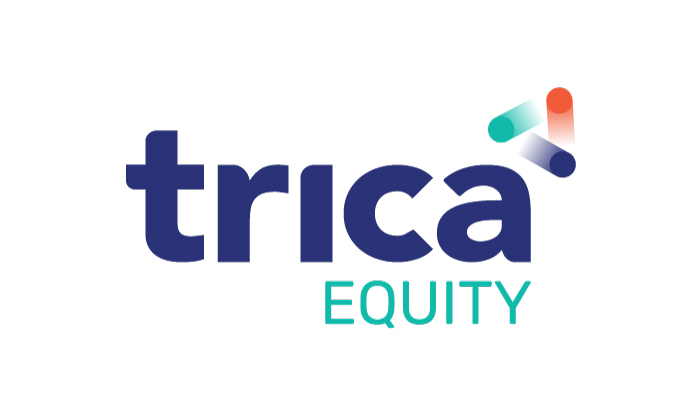
How Are Stock Options Taxed in the USA?
For many employees in the US, especially those at startups, stock options are a part of their compensation packages. While the right to buy stock in a company at a set price is an attractive form of compensation, stock options have more complex tax implications than straight cash.
Stock Options: NSOs and ISOs
The two basic types of stock options are Non-qualified Stock Options (NSOs) and Incentive Stock Options (ISOs) and they both have different tax provisions.
Both NSOs and ISOs are subject to a vesting schedule during which employees can buy a certain number of shares each year over a period of several years. Regardless of the duration of the vesting schedule, the employee is generally locked into the grant price at which options were granted to him/her. This means that even if the value of the company skyrockets, the employee will still be able to buy stock options at the pre-determined grant price.
Employees are more likely to receive NSOs – an option that lets you buy shares of the company’s stock at a predetermined price (aka grant price) within a specific time frame. If the value of the stock goes up, the employee will be able to sell it for a profit.
On the other hand, an ISO is a corporate benefit that gives an employee the right to buy shares of company stock at a discounted price with the added benefit of possible tax breaks on the profit. The profit on qualified incentive stock options is usually taxed at the capital gains rate, and not the higher rate for ordinary income. ISO exercises qualify for special tax treatment only if the employee meets certain requirements, and the tax scheme depends on when the employee decides to exercise and sell the stock options that were granted to him/her.
Tax implications on NSOs and ISOs
NSOs give employees the right, within a designated time frame, to buy a set number of shares of their company’s shares at a preset price. It may be offered as an alternative form of compensation. The employee pays ordinary income tax on the difference between the grant price and the price at which the option was exercised.
On the other hand, ISOs have more favorable tax treatment than NSOs because they require the employee to hold the stock for a longer time period.
|
NSOs |
ISOs |
|
| When is the tax levied? | Tax is levied at the time of both exercise and sale | Tax is levied only at the time of sale |
| Conditions on exercise | If FMV > Strike price
|
|
| Conditions on sale | If NSOs are sold within 1 year of exercise,
If NSOs are sold after 1 year of exercise,
|
If ISOs are sold within 1 year of exercise,
If ISOs are sold 1 year from the date of exercise and 2 years from the date of grant,
|
Examples of how stock options are taxed
NSOs
Assume that a startup grants 500 ISOs to Harry on December 1, 2019. Assuming all his options have vested, and he goes on to exercise 500 NSOs in December 2020 at $1 each when the FMV of shares was $5 each. In this situation, Harry will pay an ordinary income tax plus payroll taxes on [500 x ($5 – $1)] = $2000
Suppose Harry sells all 500 shares in March 2021 for $10 each. In this situation, Harry will pay a short-term capital gains tax on [500 x ($10 – $5)] = $2500
If Harry sells all 500 shares in March 2022 for $20 each, he will pay a long-term capital gains tax on [500 x ($20 – $5)] = $7500
ISOs
Assume that a company grants 500 ISOs to Harry on December 1, 2019. Harry may exercise the option according to his vesting schedule, and buy the 500 shares, after a certain date, say December 2021. Harry can sell the options at any time on or after December 2022 to be eligible to treat the profit as capital gains.
As of 2020 and 2021, the capital gains tax rates are 0%, 15%, or 20%, depending on the income of the individual filing.
In general, taxes are not implied on employees until shares are sold. However if shares are not sold in the same year in which they were exercised, the employee might have to pay an AMT (Alternative Minimum Tax) – a tax obligation designed to make sure everyone, especially high earners, pays an appropriate amount of income tax. AMT calculation depends on income filing status, strike price, FMV, and how many options have been exercised or are to be exercised.
trica equity offers all valuation services at a premium. Check out now!
ESOP & CAP Table
Management simplified
Get started for free

